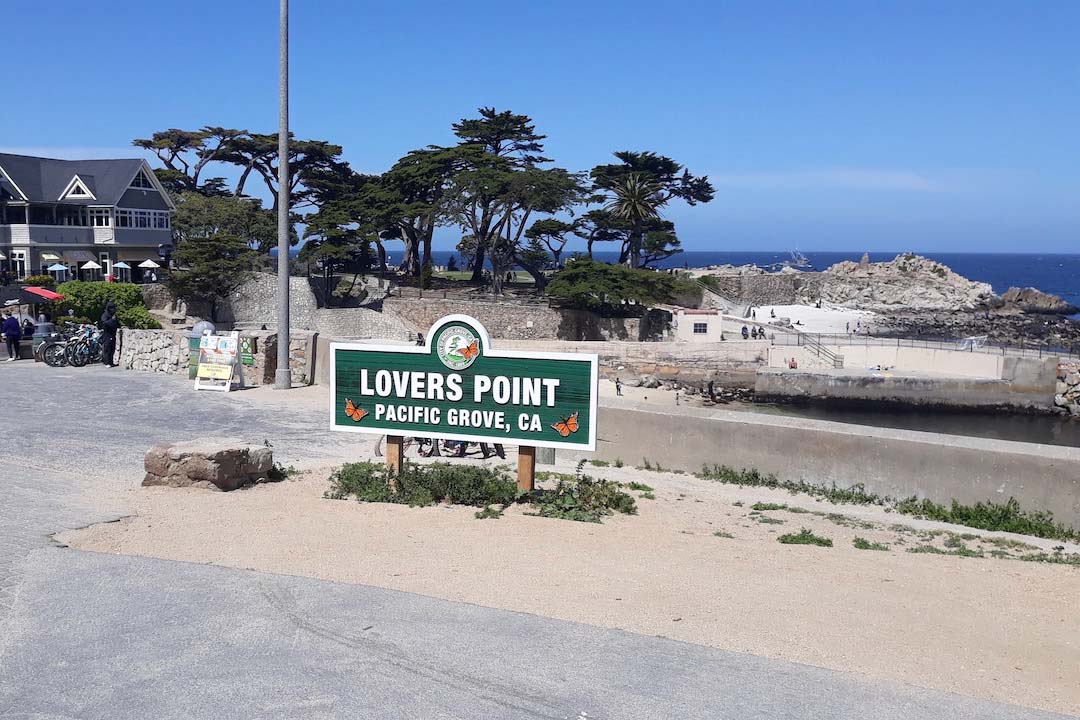By Jeff Chang
Ongoing changes in the way the IRS reviews and “approves” qualified retirement plan documents and the need for California public agencies to comply with the Public Employees’ Pension Reform Act (PEPRA) are forcing these agencies to reevaluate the “form” of 401(a) plan document they use. Although California’s landmark pension reform legislation was directed primarily at public sector defined benefit pension plans, such as CalPERS, CalSTRS, and the numerous county retirement systems, PEPRA also established a number of requirements for California public agency defined contribution plans, or 401(a) plans. In 2017, the IRS significantly changed the rules regarding the use of pre-approved plan documents (i.e., the form/template plan documents typically offered or sold by plan recordkeepers, financial institutions or benefits consultants that previously have gone through an IRS “pre-approval” process and have received an IRS opinion letter regarding satisfaction of various plan qualification rules). We will refer to these plans as “PPDs.”
In addition, the IRS has severely limited the ability of an adopting employer of an individually-designed plan (IDP) to “confirm” the qualified status of the form of its plan by submitting for a favorable determination letter (DL). Taken together, these changes suggest that many of California’s public agency 401(a) plan sponsors would be better off by (a) utilizing their recordkeeper’s PPD (if possible), (b) adopting a simple PEPRA amendment to that plan, and (c) submitting the PEPRA-amended plan to the IRS for an individual determination letter. Here’s why:
- Since 2016, the IRS has stopped reviewing applications for DLs with respect to most IDPs, except for when the IDP is initially adopted or when it is terminated. A DL, or its equivalent, is an assurance from the IRS that the form of the plan, reviewed and approved, meets the then-applicable plan qualification requirements of the Internal Revenue Code. Historically, many of the 401(a) plans utilized by local government entities are considered to be IDPs. However, the inability to obtain IRS review and approval of a public agency 401(a), on a periodic basis or following a major legislative change, can make the adopting employer nervous or concerned about whether its plan document remains in compliance.
- To better allocate its resources, the IRS has for some time been encouraging both private and public employers to use PPDs instead of IDPs whenever possible. Unlike IDPs, which generally must be submitted to the IRS and reviewed on an employer-by-employer basis (usually after they have been adopted), PPDs are submitted on an unexecuted, “template” basis – before they are given to employers for adoption – and are issued opinion letters (OLs) stating as long as the adopting employer utilizes the PPD in accordance with the applicable rules, the adopting employer may rely on the OL issued to the document provider, and may leave it up to the PPD provider to update the plan document, as needed, to comply with legislative and regulatory changes requiring amendment. During the last several years, a significant number of document providers have begun offering various types of PPDs designed specifically for governmental adopting employers. Because PPDs are generally set up to offer adopting employers a wide range of plan design options, they may be difficult to use and to understand, or may contain optional provisions that may not comply with your state’s law. To our knowledge, none of the national document providers of governmental PPDs make any attempt to include language to address the requirements of PEPRA.
- According to the IRS, the amendment of a governmental PPD to include basic provisions designed to comply with PEPRA will violate the terms of its OL and cause it to be treated as an IDP. However, there is a relatively simple procedure available using Form 5307, even after the plan has been adopted and when it is not terminating, to have the amended plan reviewed by the IRS, and to enable the adopting employer to obtain its own DL for the PEPRA-amended plan. More importantly, if the PPD has only been amended for PEPRA, or in a manner consistent with its original OL, the adopting employer can continue to rely on its document provider to periodically update the form of plan document so that the non-PEPRA portions of the plan document remain in compliance with any required legislative or regulatory updates.
If your public agency has a 401(a) plan, you should determine if the plan is an IDP or a PPD. You should also determine who (i.e., you the adopting employer, a plan provider, or perhaps your employee benefits counsel) will be responsible for keeping the plan updated on a timely basis – and whether the plan is currently up to date. If you are a California public agency, particularly one which also participates in CalPERS or a ’37 Act plan, you should determine if your 401(a) plan needs to be amended in order to comply with PEPRA. If so, you will need to perform the “analysis” outlined above to figure out what “form” of plan is best for you and whether you are better off starting out with an IDP or a PPD. We suspect that quite a few California public agencies will opt for the PPD-PEPRA combination because it may be easier to maintain and also complies with PEPRA.
Jeff Chang is a partner at Best Best & Krieger LLP. He has four decades of experience skillfully evaluating benefit and retirement plan compliance to achieve maximum outcomes for public agency clients throughout California. He can be reached at jeff.chang@bbklaw.com or (916) 329-3685.



